Roger Jones, a physicist working at the Large Hadron Collider (LHC) at Cern, explains how the standard model of particle physics may be broken.
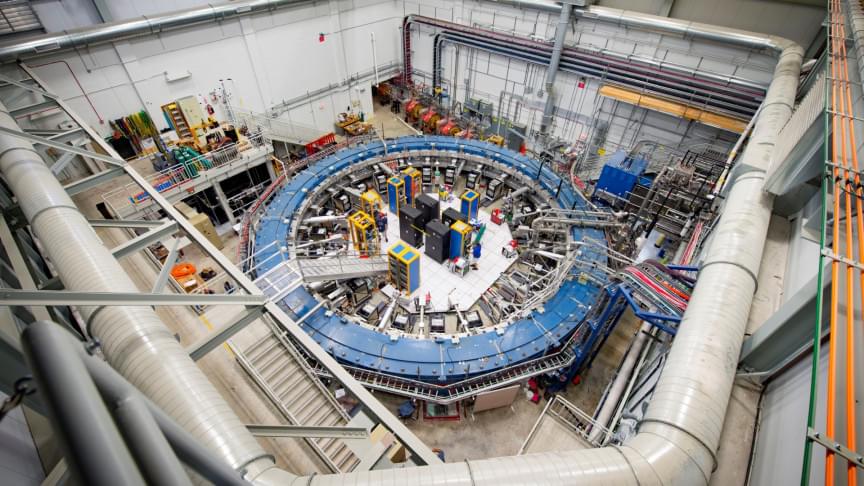

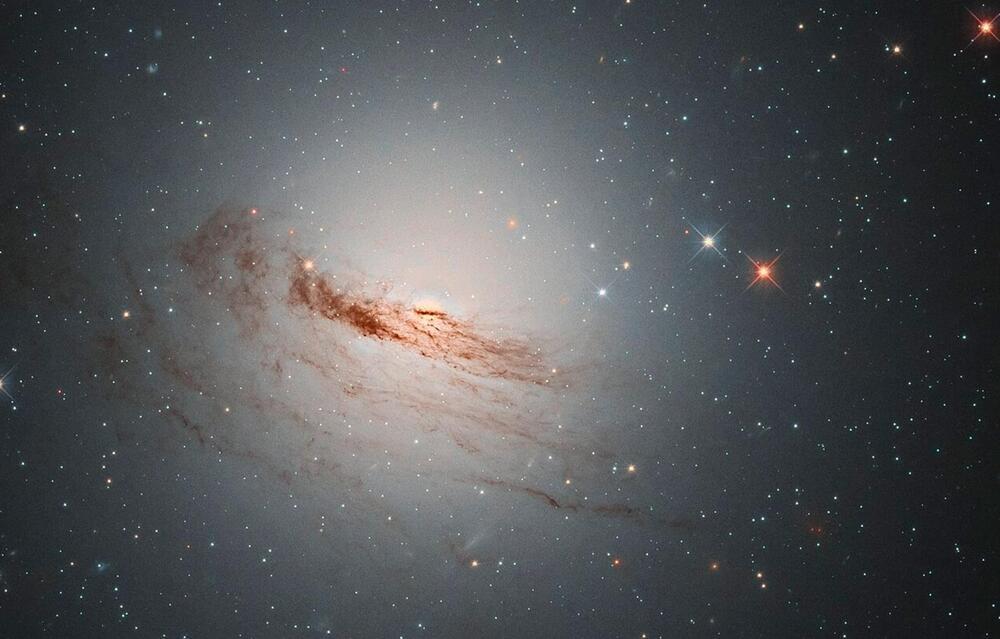
“Scientists suspect that a ”fifth force” may be at work in space. This force, which they believe is mediated by a hypothetical particle called a symmetron is responsible for creating invisible walls in space.
The walls aren’t necessarily like the walls of a room. Instead, they are more like barriers. And, they could help explain an intriguing part of space that has left astronomers scratching their heads for quite a while.
BGR.
Scientists may have found an explanation for the invisible walls in space that hold galaxies in orbit around larger galaxies.
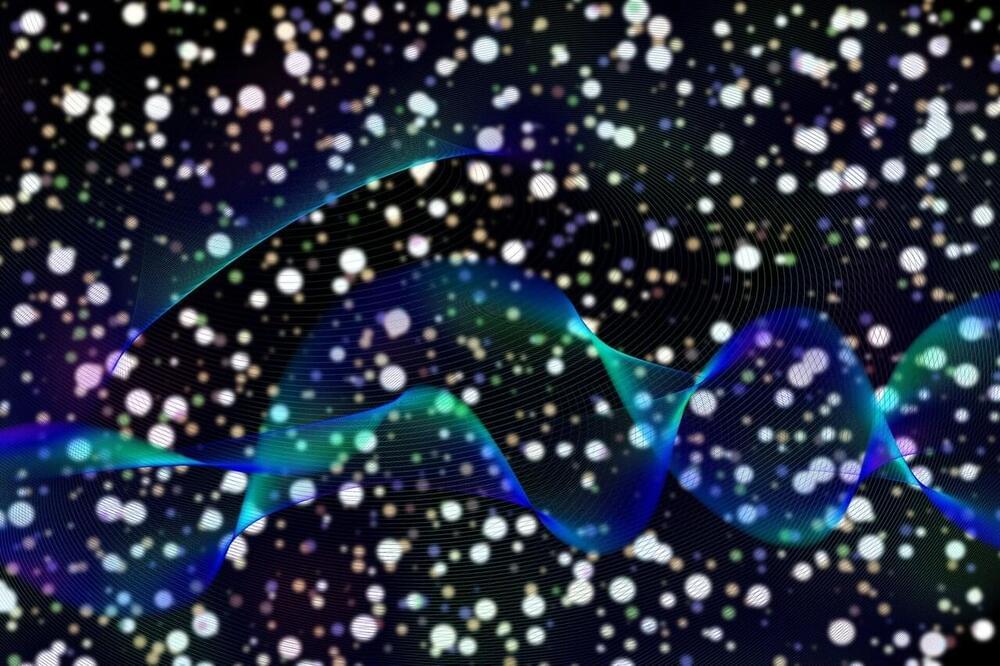
Physicists from Paderborn University have developed a novel concept for generating individual photons—tiny particles of light that make up electromagnetic radiation—with tailored properties, the controlled manipulation of which is of fundamental importance for photonic quantum technologies. The findings have now been published in the journal Nature Communications.
Professor Artur Zrenner, head of the “nanostructure optoelectronics” research group, explains how tailored desired states have so far posed a challenge: “Corresponding sources are usually based on light emissions from individual semiconductor quantum emitters, which generate the photons. Here, the properties of the emitted photons are defined by the fixed properties of the quantum emitter, and can therefore not be controlled with full flexibility.”
To get around the problem, the scientists have developed an all-optical, non-linear method to tailor and control single photon emissions. Based on this concept, they demonstrate laser-guided energy tuning and polarization control of photons (i.e., the light frequency and direction of oscillation of electromagnetic waves).
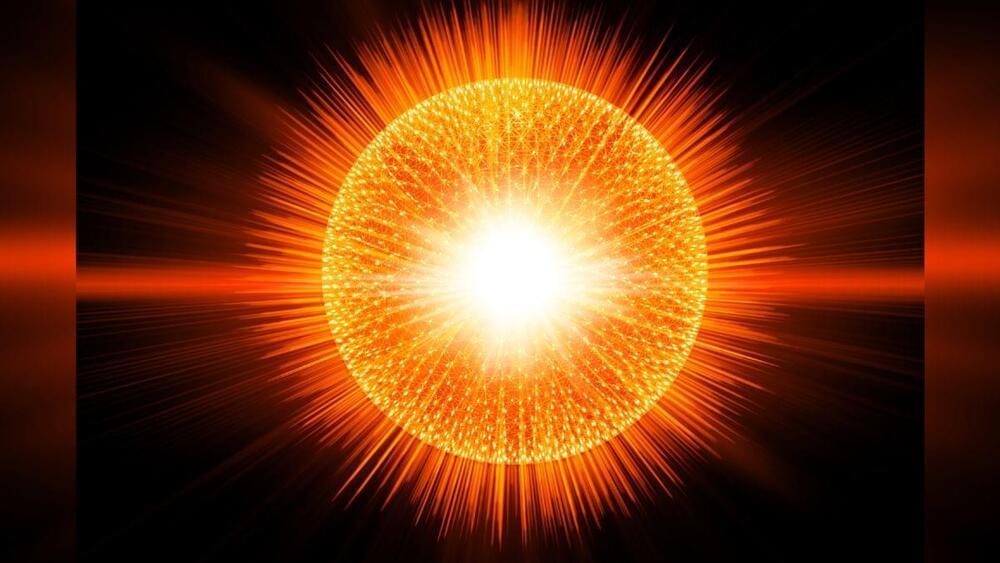
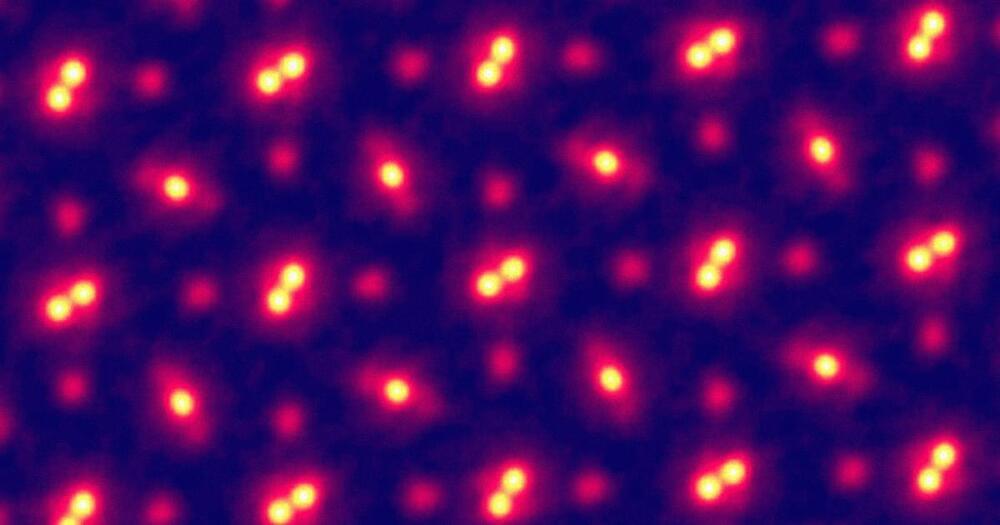
A team of Cornell University engineers developed a new microscopy technique that’s powerful enough to spot an individual atom in three dimensions — and create an image so clear that the only blurriness comes from the movement of that atom itself.
The technique, which according to the study published Thursday in the journal Science relies on an electron microscope coupled with sophisticated 3D reconstruction algorithms, doesn’t just set a new record in atom resolution. The researchers even say this might be as good as microscopy gets.
“This doesn’t just set a new record,” lead author and Cornell engineer David Muller said in a press release. “It’s reached a regime which is effectively going to be an ultimate limit for resolution. We basically can now figure out where the atoms are in a very easy way. This opens up a whole lot of new measurement possibilities of things we’ve wanted to do for a very long time.”
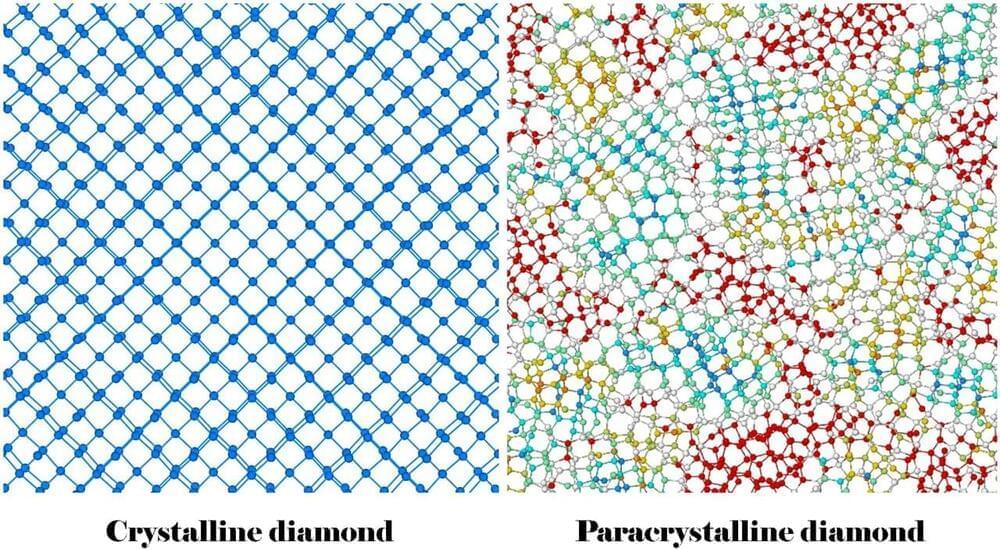
A team of researchers from China, Germany and the U.S. has developed a way to create a less fragile diamond. In their paper published in the journal Nature, the group describes their approach to creating a paracrystalline diamond and possible uses for it.
Prior research has shown that diamond is the hardest known material but it is also fragile—despite their hardness, diamonds can be easily cut or even smashed. This is because of their ordered atomic structure. Scientists have tried for years to synthesize diamonds that retain their hardness but are less fragile. The team has now come close to achieving that goal.
Currently, the way to create diamonds is to place a carbon-based material in a vice-like device where it is heated to very high temperatures while it is squeezed very hard. In this new effort, the researchers have used the same approach to create a less ordered type of diamond but have added a new twist—the carbon-based material was a batch of fullerenes, also known as buckyballs (carbon atoms arranged in a hollow spherical shape). They heated the material to between 900 and 1,300 °C at pressures of 27 to 30 gigapascals. Notably, the pressure exerted was much lower than is used to make commercial diamonds. During processing, the spheres were forced to collapse, and they formed into transparent paracrystalline diamonds which could be extracted at room temperature.

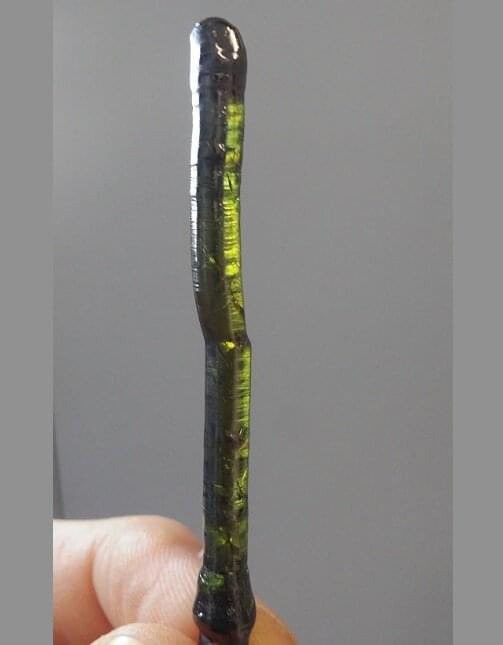

Scientists at the Max Planck Institute for the Science of Light (MPL) and Max-Planck-Zentrum für Physik und Medizin (MPZPM) in Erlangen present a large step forward in the characterization of nanoparticles. They used a special microscopy method based on interfereometry to outperform existing instruments. One possible application of this technique may be to identify illnesses.
Nanoparticles are everywhere. They are in our body as protein aggregates, lipid vesicles, or viruses. They are in our drinking water in the form of impurities. They are in the air we breath as pollutants. At the same time, many drugs are based on the delivery of nanoparticles, including the vaccines we have recently been given. Keeping with the pandemics, quick tests used for the detection the SARS-Cov-2 are based on nanoparticles too. The red line, which we monitor day by day, contains myriads of gold nanoparticles coated with antibodies against proteins that report infection.
Technically, one calls something a nanoparticle when its size (diameter) is smaller than one micrometer. Objects of the order of one micrometer can still be measured in a normal microscope, but particles that are much smaller, say smaller than 0.2 micrometers, become exceedingly difficult to measure or characterize. Interestingly, this is also the size range of viruses, which can become as small as 0.02 micrometers.
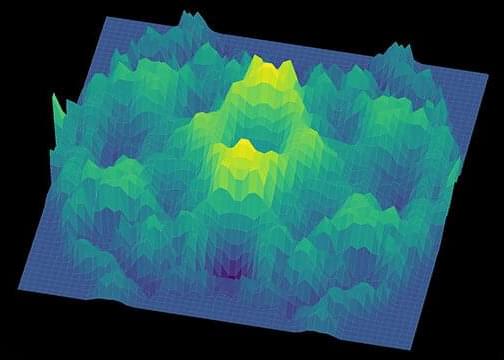
Computational detective work by U.S. and German physicists has confirmed that cerium zirconium pyrochlore is a 3D quantum spin liquid.
Despite the name, quantum spin liquids are solid materials in which quantum entanglement and the geometric arrangement of atoms frustrate the natural tendency of electrons to magnetically order themselves in relation to one another. The geometric frustration in a quantum spin liquid is so severe that electrons fluctuate between quantum magnetic states no matter how cold they become.
Theoretical physicists routinely work with quantum mechanical models that manifest quantum spin liquids, but finding convincing evidence that they exist in actual physical materials has been a decades-long challenge. While a number of 2D or 3D materials have been proposed as possible quantum spin liquids, Rice University physicist Andriy Nevidomskyy has said there’s no established consensus among physicists that any of them qualify.